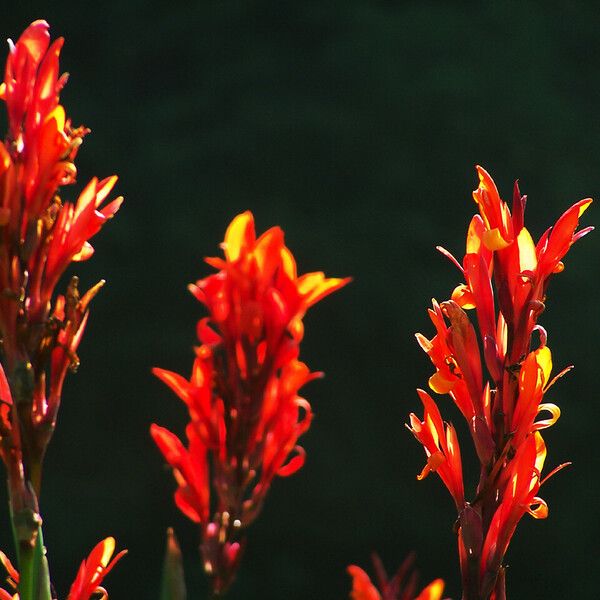觀察資料
鑑定結果
Proposed determination
可能的名字 (送出的名稱)
100%Confidence score
Suggest another determination
You don’t agree with the suggested species but don’t have another suggestion
註解
額外資料
建立日期
2022年2月10日
最後修訂
2023年10月9日
Łódź, Górna
It is native to South and Central America including the Caribbean.
Ornamental plant!
Edible plant - roots sometimes eaten raw, but usually consumed after being cooked in various ways; the very young tubers are eaten cooked, they are sweet but fibrous; in Peru they are baked for up to 12 hours, after which time they become a white, translucent, fibrous and somewhat mucilaginous mass with a sweetish taste; alternatively, the roots can be peeled, dried and then ground into a flour which consists of more than 90% starch and about 10% sugar (glucose and sucrose) and is highly soluble and easily digestible; young shoots are cooked and eaten as a green vegetable; the leaves are used for wrapping other foods; seeds are very hard and not edible!
Herbal plant - the plant is used in the treatment of women's complaints; roots are diaphoretic and diuretic, they are used in the treatment of fevers, a decoction of the roots, combined with fermented rice, is used in the treatment of gonorrhoea and amenorrhoea; an infusion of the rhizome is said to be febrifuge and stimulant , whilst a decoction is said to be diaphoretic and diuretic, the rhizome is also made into an emollient cataplasm; eaves are diuretic and emollient, the leaves and the powdered seeds are mixed and used to treat dermatoses.
Useful plant - a purple dye is obtained from the seeds but is not very persistent.



